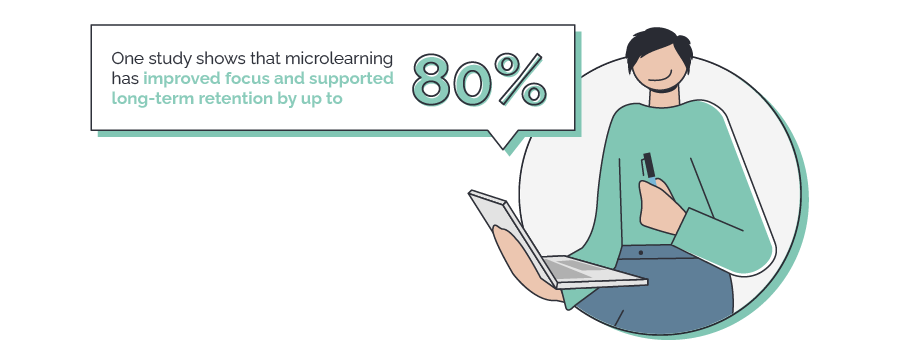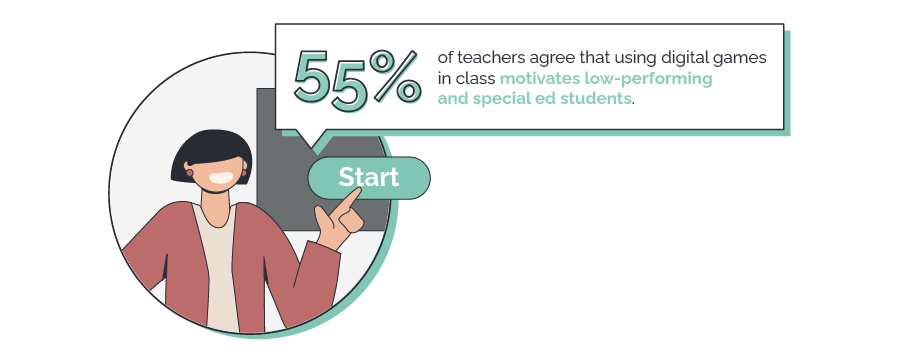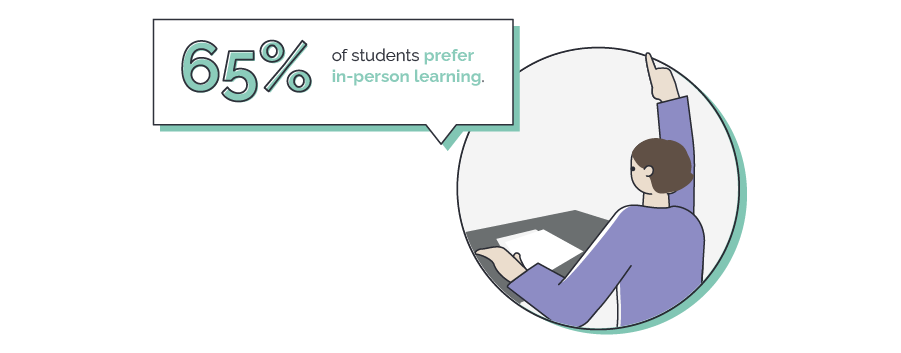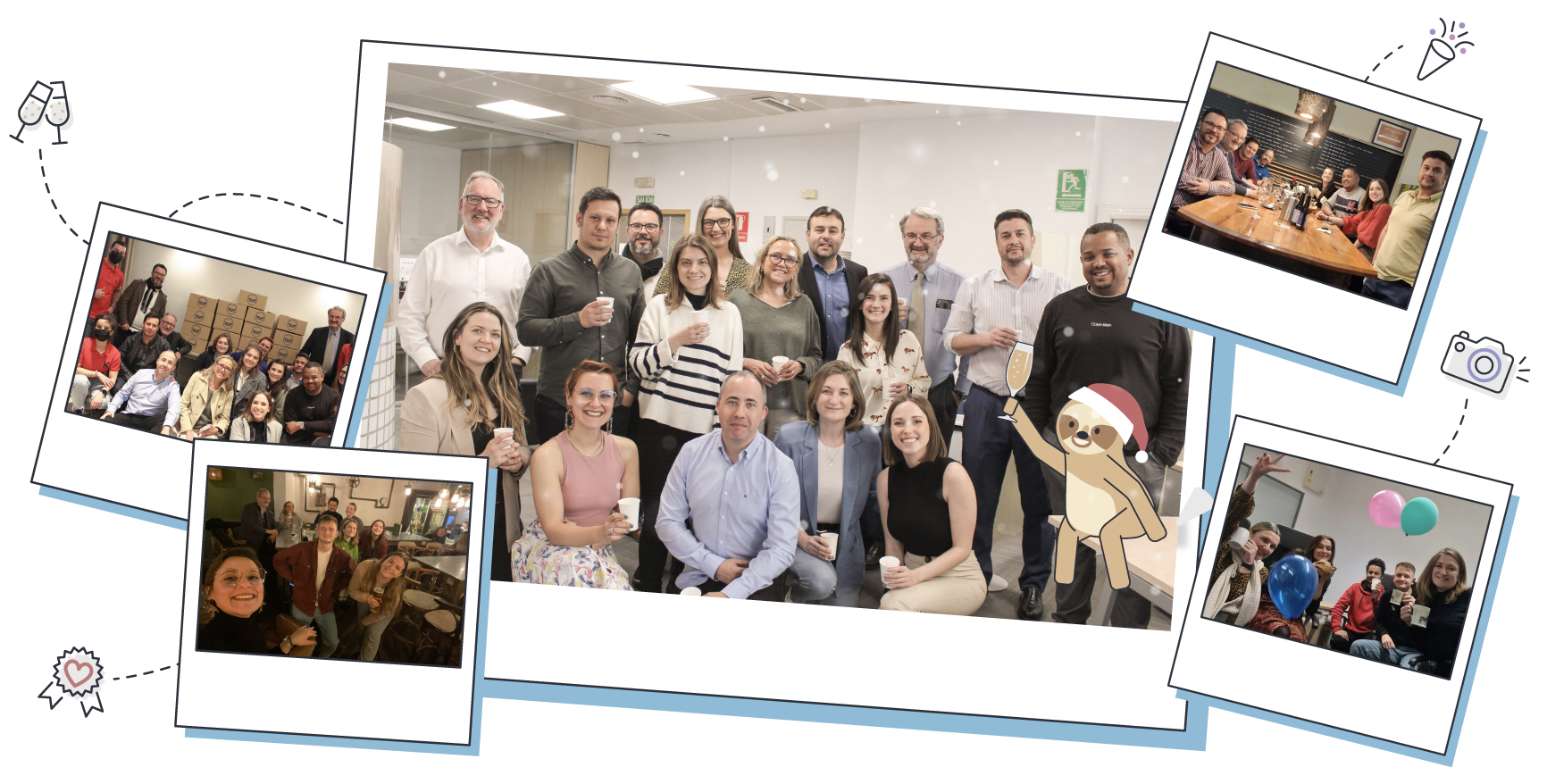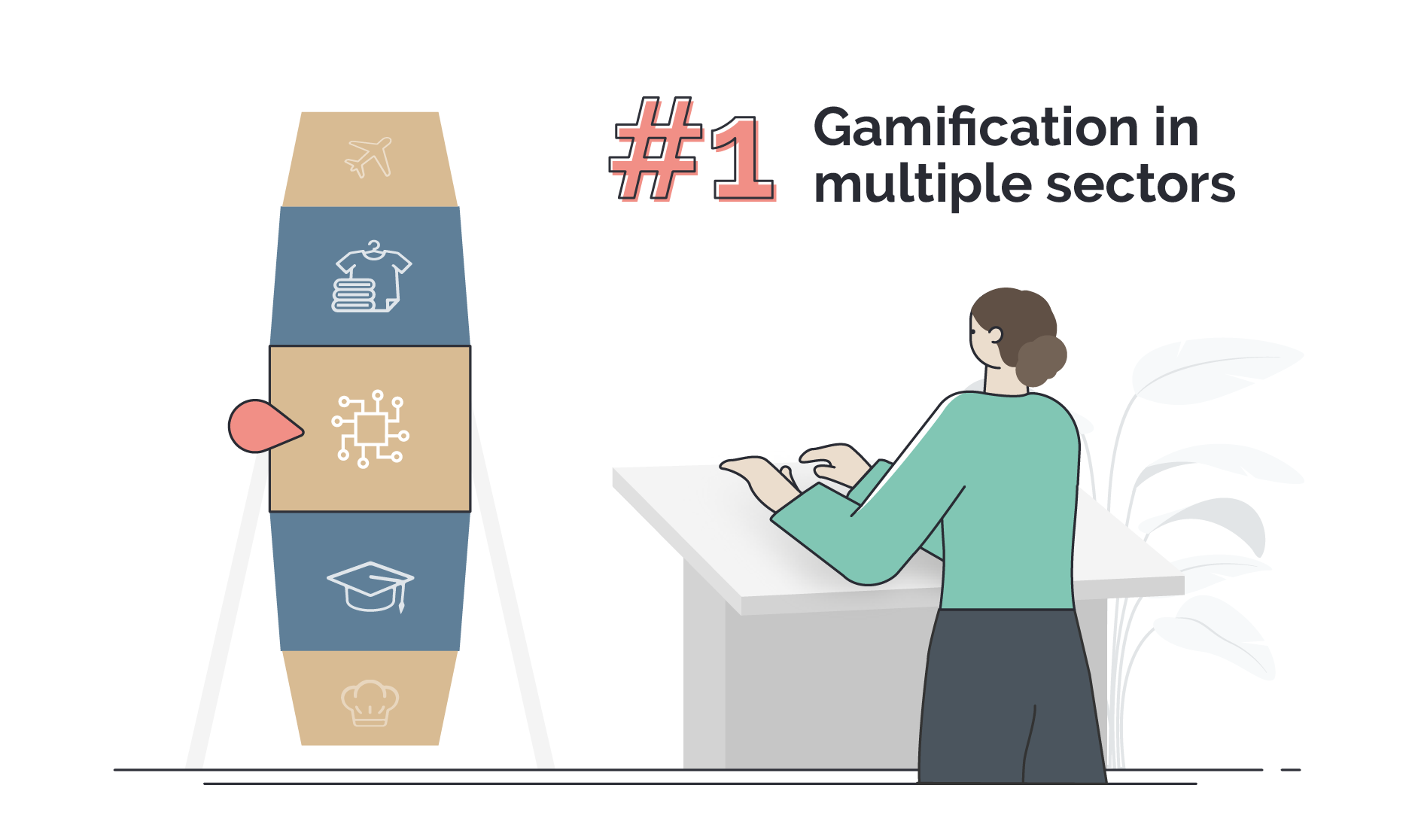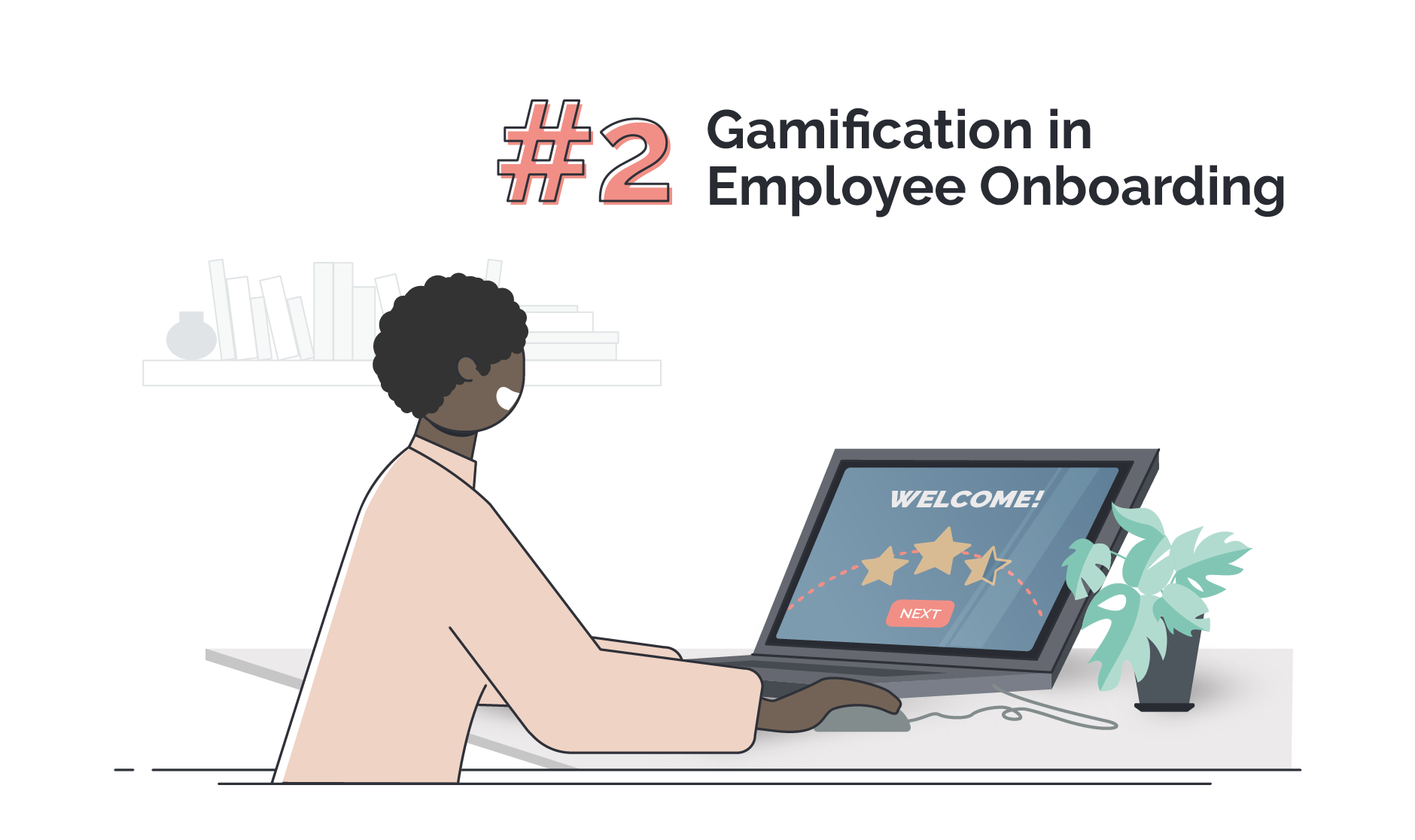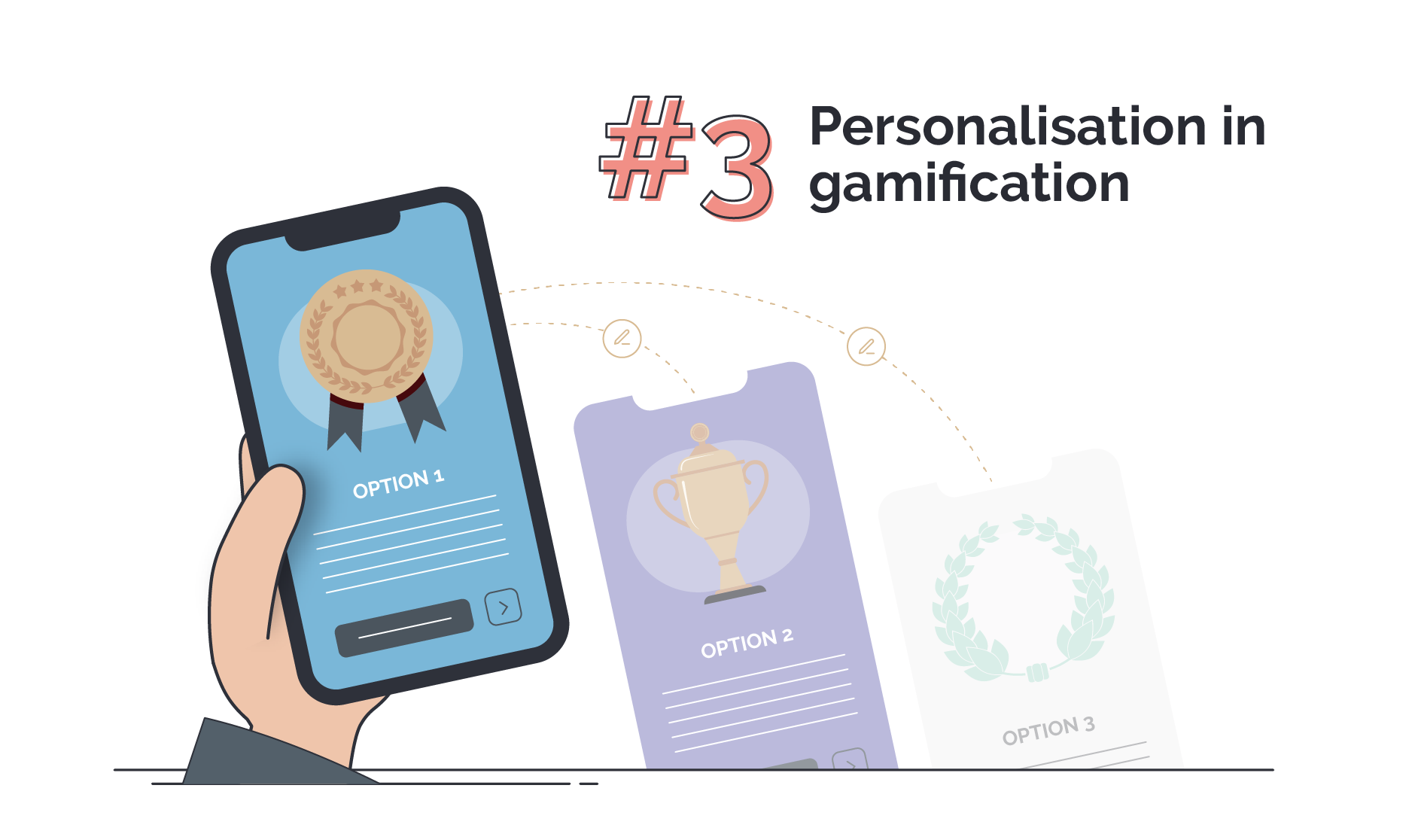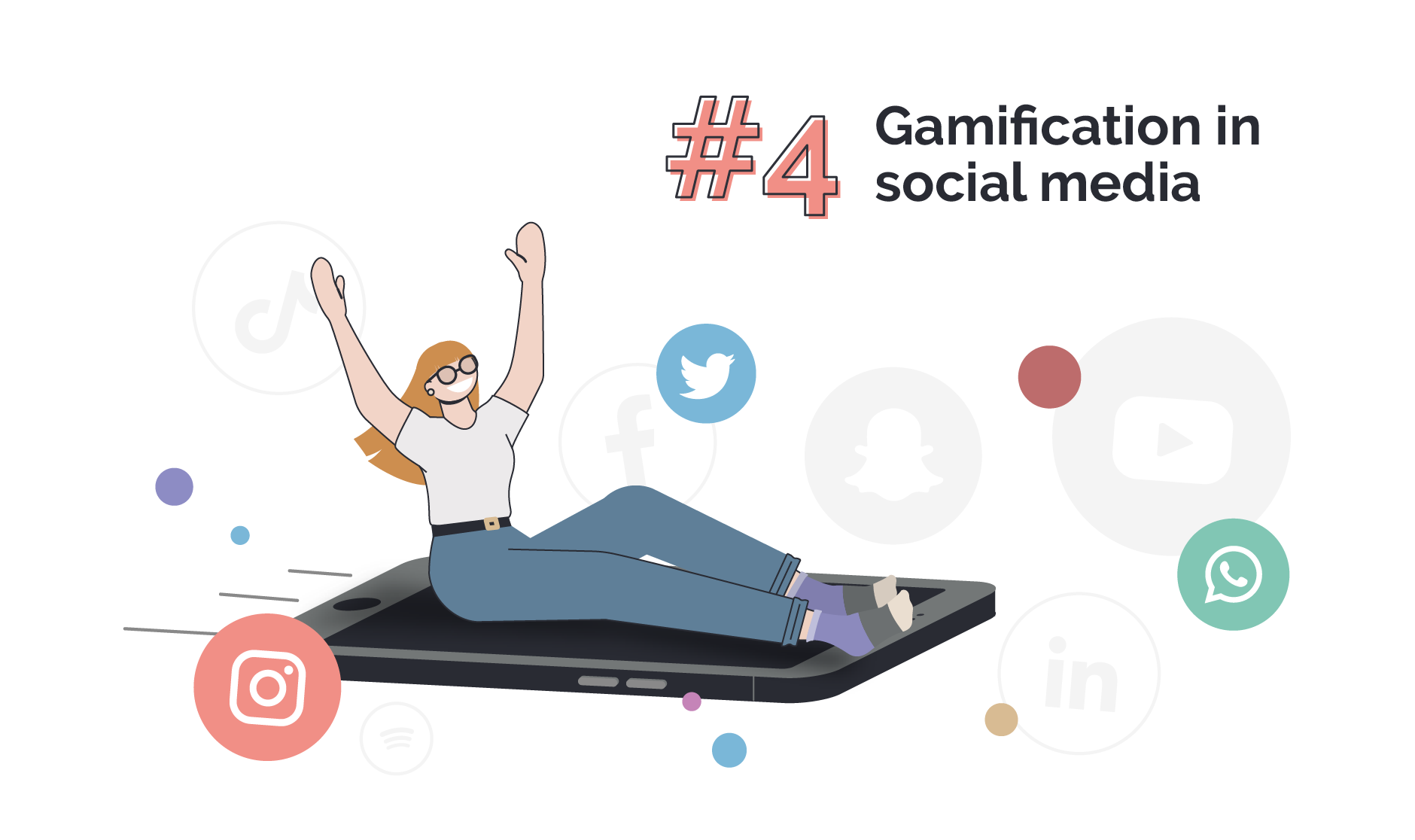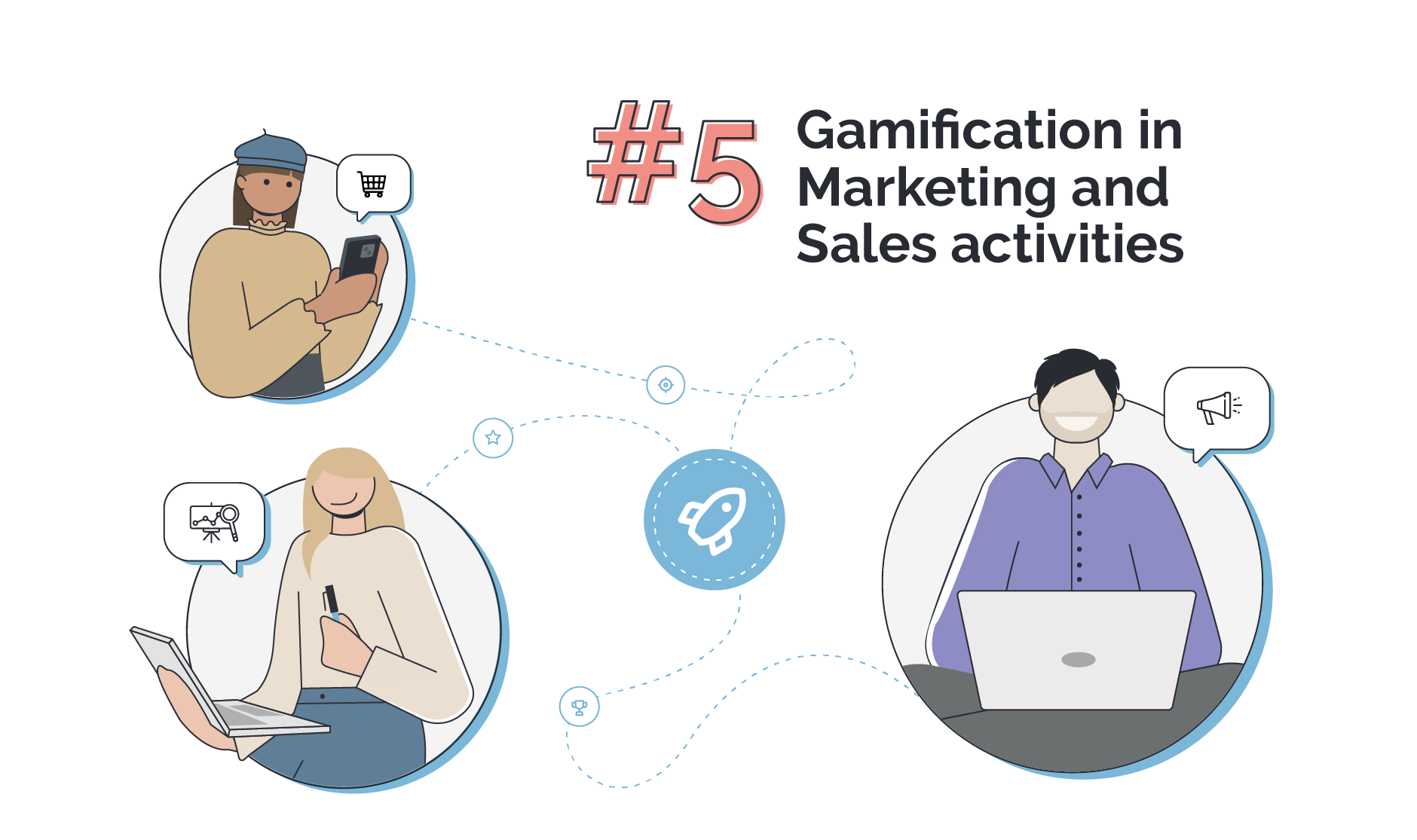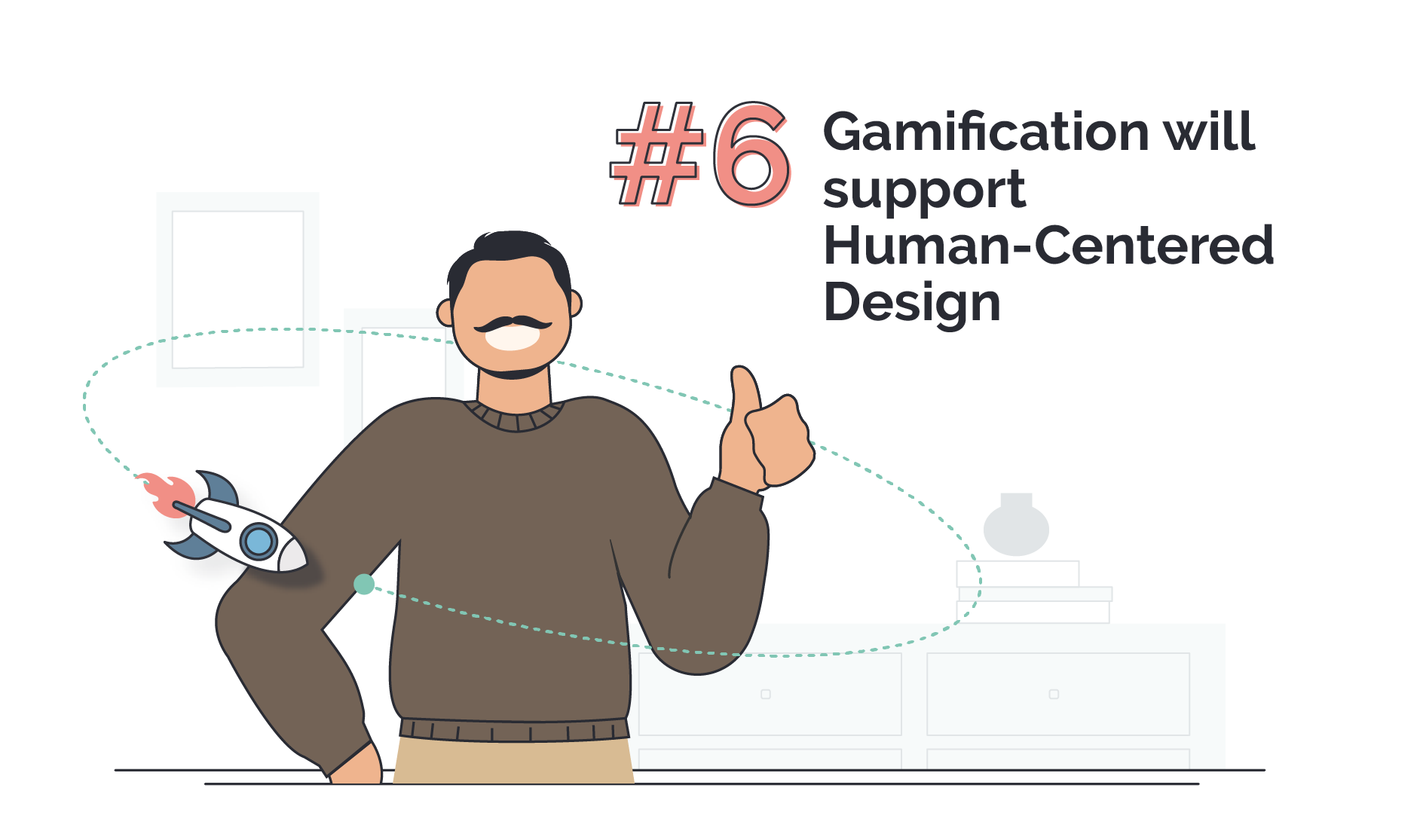Behind each of our engagement solutions is a team that brings your ideas to life through design, communication and technology. Meet Raquel, our Creative & UX/UI Designer. Raquel contributes to the team’s design, development and implementation of client projects and solutions with a focus on developing exceptional visual images and graphics to ensure optimum project success. She has an incredible eye for detail and in her spare time she likes to travel and also enjoys painting with watercolours.
Name
Raquel Carrasco
Role
Creative & UX/UI Designer.
When did you join Motivait?
April 2021.
Describe what you do in five words:
Create and design visual content.
What part of your job do you love the most?
I love to transform abstract and complicated ideas into creative and original designs.
What do you like to do outside of work?
Travel around the world to see and experience new places, cultures, food…But as I can’t do it all the time, I also like to paint with watercolours and practice sports.
What is the best career advice you’ve ever received?
“Stop and take a break. When you come back you will see everything from a different perspective.”
If Raquel’s colleagues could describe her in only 3 words, they would say:
Colleague 1: “Cheerful, organized and a world traveller”
Colleague 2: “Flexible, detail oriented, easy to work with”
Colleague 3: “Bubbly, creative, proactive”

